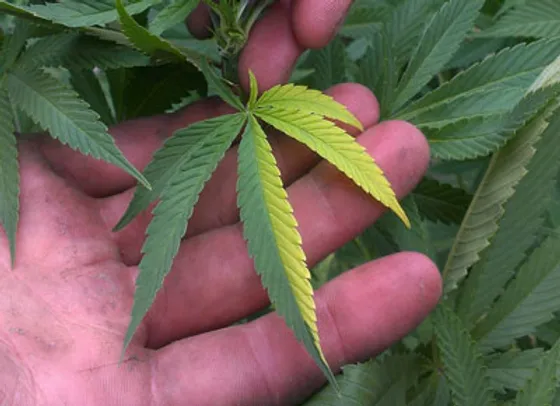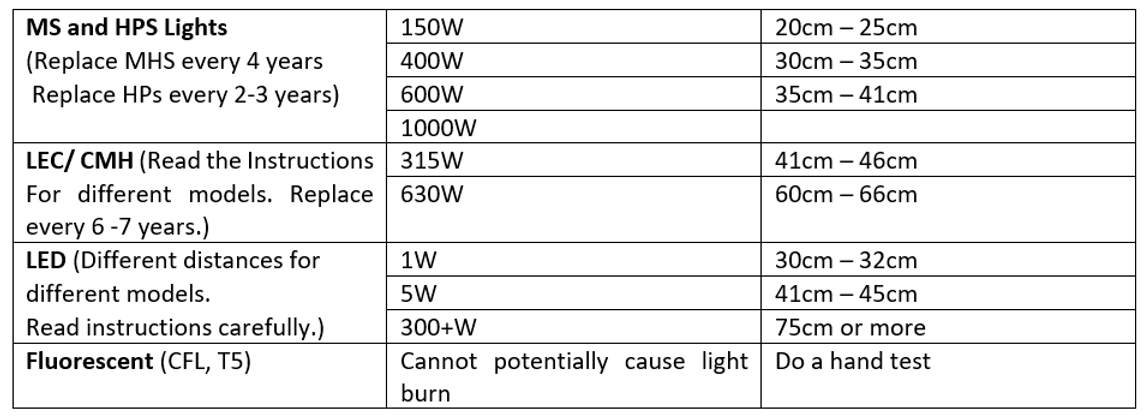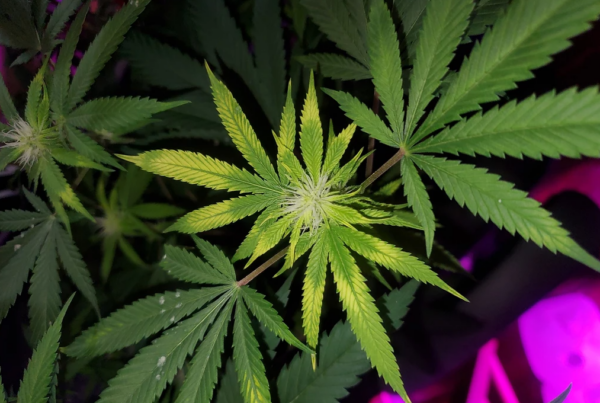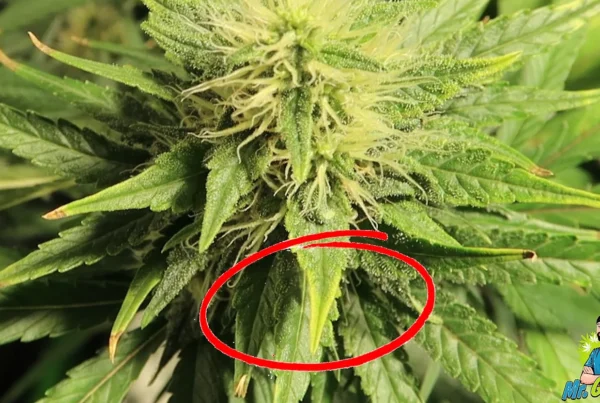There are many exciting aspects of growing cannabis. One of those things is coming across mutant cannabis plants. You may have already come across a few cannabis plant mutations on your journey or may have just heard about them. If you are interested in uncovering the secrets to these peculiar type of plants, including polyploid cannabis plants, read on!
Polyploid Cannabis Plant
Polyploidy refers to a dramatic mutation or condition where an organism has more than two sets of chromosomes. Cannabis is a diploid plant, but instances can be found where the cannabis plant spontaneously develops polyploids. This condition can also be induced; many growers will purposely induce in order to try to increase THC production. This mutation manifests itself in a form of plant gigantism which means that these plants are bigger in size and grow rapidly. Polyploid cannabis plants have bigger buds which results in a higher yield with a greater percentage of terpenes and cannabinoids.
Polyploid cannabis plants can also be induced with a chemical called Colchicine but this chemical is highly toxic and is meant to be handled by experts. Experts soak cannabis seeds in this chemical or use it as a gel to prevent chromosome separation. There is no strain yet for polyploids and polyploid cannabis plants are sterile, but remain to be an attraction due to their interesting look and massive buds.
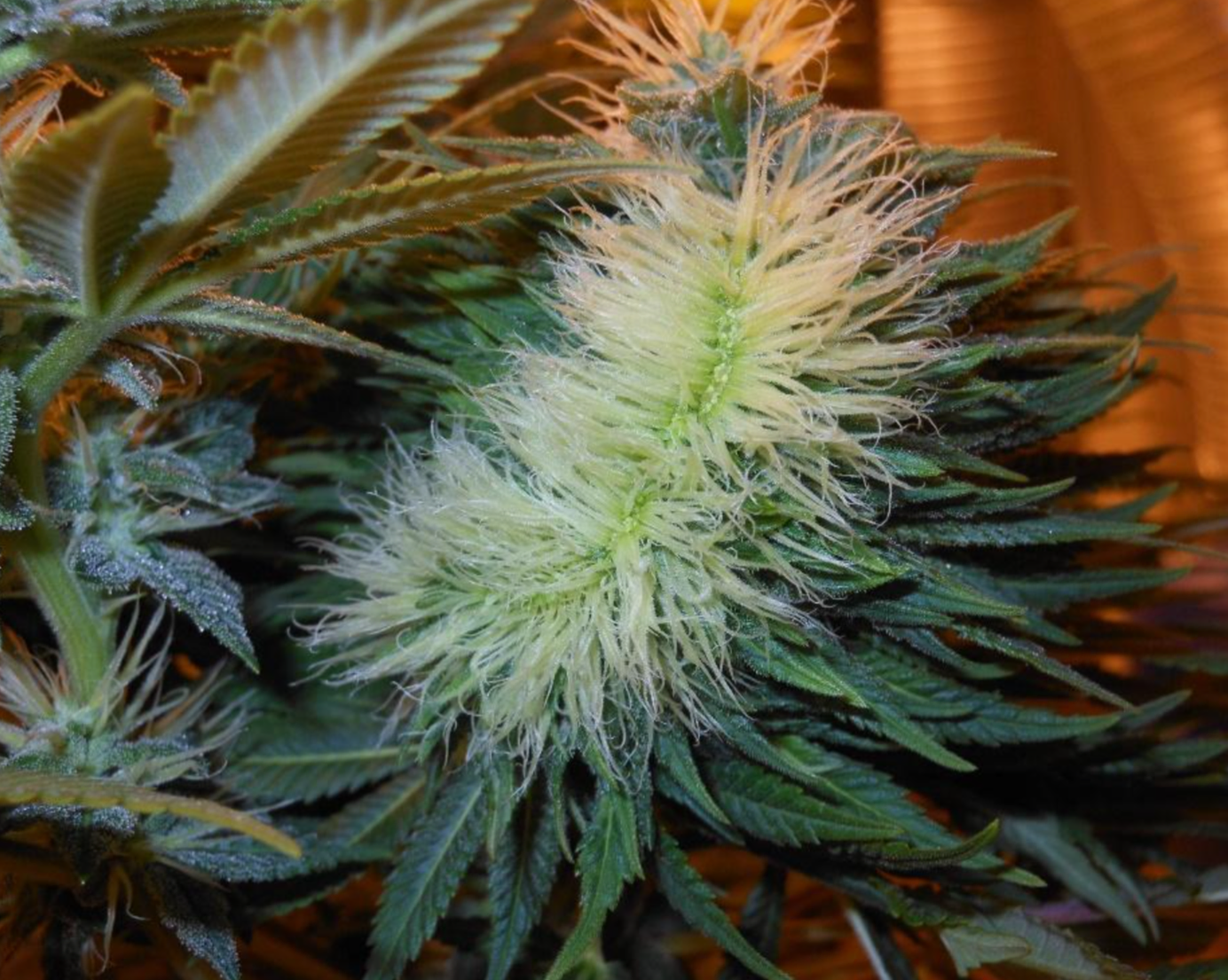
Stringy Cannabis
Another cannabis mutation that gives plants a peculiar appearance is stringy cannabis. This mutation is more prominent in sativa cultivars with Southeast Asian or South American origins. Stringy cannabis has calyxes that grow separately on the branches instead of in clusters giving it a string-like appearance. This also makes it difficult to harvest these plants. Cannabis plants with stringy flowers also take longer to grow and mature. But on the positive side, stringy cannabis has a unique aroma and effect that appeals to many growers. There is also a high chance of the plants being hermaphrodites, but in the end, the high potency makes it all worthwhile.
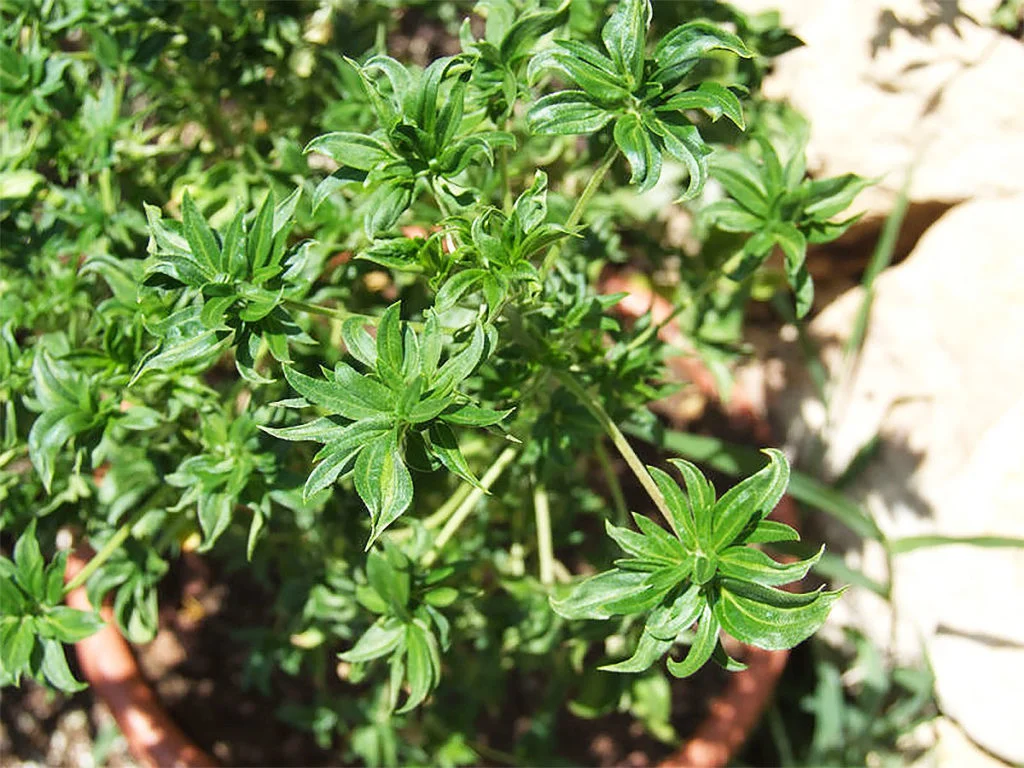
Australian Bastard Cannabis or ABC
Another notable mutation in cannabis plants is Australian Bastard Cannabis or ABC. This mutation was first discovered near the city of Sydney in the 1970s. ABC is very different in appearance from a normal cannabis plant as it looks more like a shrub. Even the leaves are unique; they are small, round, shiny, and have smooth edges. It is believed that this mutation is a result of increased tolerance towards cold. ABC plants are also very hardy against fungal pathogens. Originally, these plants were low in cannabinoids; although, breeding over time has led to the development of plants that have an ABC plant-like appearance with highly potent buds.
Vine-like Cannabis
When growers started experimenting with Australian Bastard Cannabis, some of them ended up developing yet another peculiar strain that looks like a vine. As the name implies, vine-like cannabis has the appearance of a vine and the stems can spiral and twist. This mutation did not lead to any major breakthroughs as the cannabis plants with this mutation did not offer much in terms of bud potency and yield. They are certainly known for their unusual appearance though.
Creeper Phenotype or Tentacular Cannabis
This rare type of mutation is usually found in tropical strains that grow in humid areas. With this mutation, plants develop numerous branches with many buds which leads to the branches weighing downwards. These branches can also grow roots when they come in contact with the ground. The droopy branches look like tentacles, hence the name. These plants are also large in size and mesmerizing to look at.
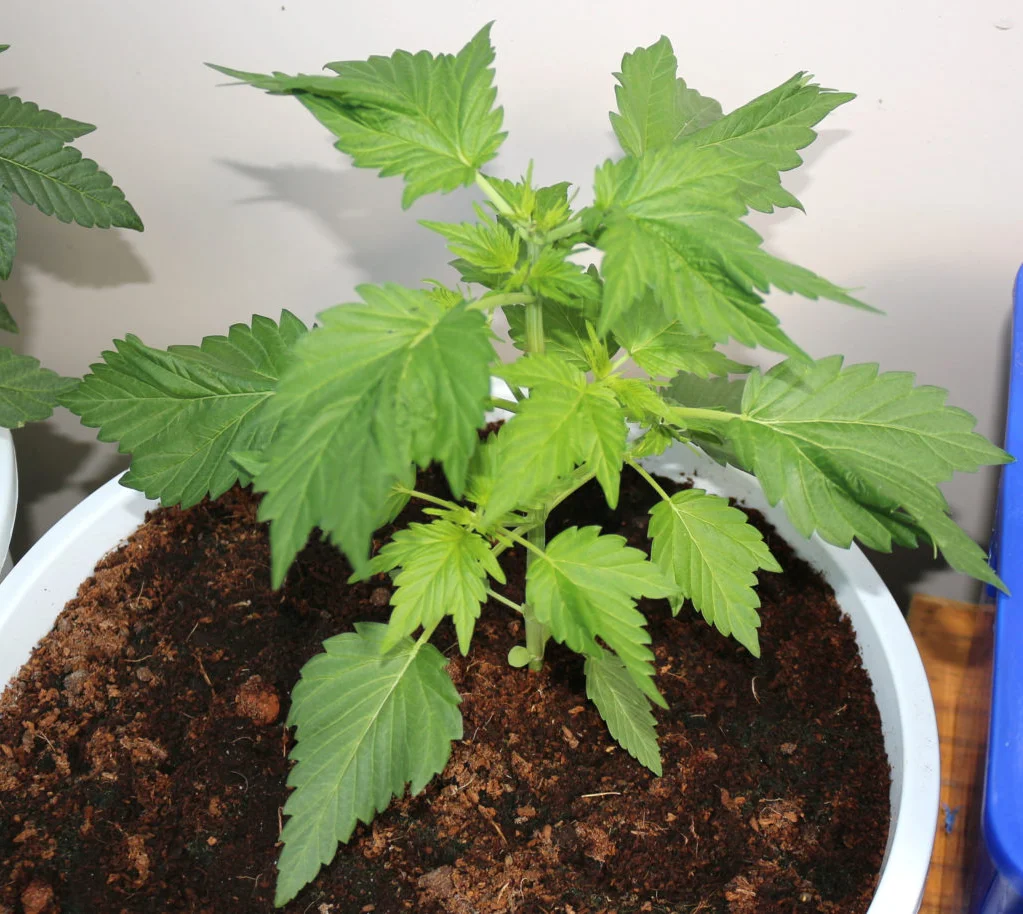
DucksFoot Cannabis
Ducksfoot cannabis also came from Australia and has since been bred into a strain. The result of this mutation is webbed leaves that look like duck feet as there is no separation between leaflets. It is not only the leaves of these plants that are different but also the smell. Ducksfoot cannabis plants can also have purplish buds with a sweet and intense aroma.
Poly-embryonic Seeds or Twin Seedlings
A common mutation in cannabis is twin seedlings which means that two taproots can emerge from a single cannabis seed. With careful handling, these seedlings can be separated and grow into two plants. One of the seedlings is a clone of the mother as it develops from the maternal ovule. Even though it is exciting to get two plants out of one seed, this mutation does not result in an increased yield from the individual plant.
Leaf Buds
One common mutation in cannabis plants is leaf buds. This is when secondary buds grow on the leaves where the leaf meets the petiole. These small buds give the plant an unusual appearance and many growers think that these buds will increase the overall yield. In reality, these buds consume energy and do not produce much in return.

Albino Cannabis and Variegation
Albinism in cannabis plants, which is a form of variegation, means a lack of color in the leaves or buds. Cannabis plants with albinism appear paler or even white due to lack of pigmentation. Fully albino cannabis plants cannot photosynthesize and hence cannot survive for long. White buds give cannabis plants a strange yet beautiful appearance – but their potency is questionable. Variegated cannabis plants have a different pattern of pigmentations, for instance, two-tones leaves that have yellow and green colors on them which makes them eye-catching.
Whorled Phyllotaxy
Phyllotaxy is a term used for the arrangement of leaves on the plant’s stem. Usually, the cannabis plant has spiral phyllotaxy which means that leaves grow on the stem opposite and alternate. But in the case of whorled phyllotaxy, three or more leaves emerge from the same node. This is more common in young plants and as they grow, they appear bushy. This mutation may lead to a higher yield, but it is a trait that cannot be preserved. For more information on whorled phyllotaxy, click here to read another article that I wrote on it.
![]()

